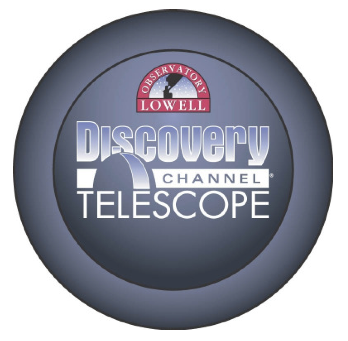We have looked into quantifying the delay between when a user requests an image with LMI, and when the shutter actually opens. Details can be found in the write up under the LMI link about the shutter delay. The bottom line is that: The exposure times are as recorded to within a few hundredths of a second, based on the star streaks. The shutter throw time in each direction is between roughly 0.1 and 0.2 seconds, meaning that there is also a temporal gradient across all the images. Formal uncertainty on the measured time offsets are an underestimate of the true variation. The shutter throw time alone means the mid-time varies across the frame systematically by at least 0.1second (added as the systematic uncertainty below). The shutter opens 2.05 +/- 0.06 (ran) +/- 0.1 (sys) seconds later than the UTCSTART in the image header. The shutter closes 0.19 +/- 0.06 (ran) +/- 0.1 (sys) seconds earlier than the UTCEND in the image header.
Exposure times should be computed as: Start time = UTCSTART + 2.05sec End time = UTCEND - 0.19sec Mid-time = UTCSTART + 2.05 + EXPTIME/2 or Mid-time = [(UTCSTART + 2.05) + (UTCEND-0.19)] / 2
|
UPDATE: The 2019A DCT Schedule has been released, and posted under the Science Schedule page. (2018Dec01) An updated version of the NIHTS User Manual (v1.3 - 20181127) has been released and is available on the DCT confluence pages. Per the authors, "NIHTS User Manual v1.3 includes an update to the NIHTS calibrations procedure. We now advise observers to collect a full Long Arcs sequence at the beginning of the night, and Short Arcs (<2 min) at each target pointing to account for flexure in the instrument." |
The 2018 summer shutdown is over. A variety of things were done. Most will be transparent to most observers. I mention here things that might cause changes you might notice. We repositioned the secondary mirror, and changed the default piston of the primary mirror. As a result the nominal focus offsets for all instruments will have changed. The TOs will have up to date new values. All the LMI filters were removed, examined and if needed cleaned. The dome following algorithm has been modified so that the dome will now make longer, less frequent moves. The occultation warning is being updated to account for this. Work continues on NIHTS and a new User Manual was recently released. We are in the process of rebuilding the pointing and optics models. Please include any observations related to pointing and image quality that strike you in your night reports. Thank you. |
Tom has released an updated version of the DeVeny slit viewing camera GUI. Changes are documented and appear in the new release of the DeVeny Users Manual (v1.5), available below. |
The DeVeny Spectrograph Reference and Operations Guide has been updated for the new release of the slitviewing camera GUI application. Version v1.5 (10 July 2018) of the manual is now available on the Observing at DCT confluence page. |
DCTUsers Slack Channel for Discussion & Announcements Proposing to Observe Applying for Observing Time - 2019A DCT Call for Proposals DCT Staff
Observing Run Preparation What to do before showing up for your run First time using DCT, or a particular instrument?
Calendars: DCT Remote Observing Notes Target List Submission Ephemeris Data Submission/Generation Automated Function and Pattern Data Submission Object Data and Finder Chart Generators During Your Run Closure Conditions DCT Staff Target of Opportunity (ToO) Procedures After Your Run Evaluation/Feedback forms Data Retrieval DCT Acknowledgment Text |  This page gives a general overview for visitors and staff
This page gives a general overview for visitors and staff  This page gives a general overview for visitors and staff
This page gives a general overview for visitors and staff